Researchers were able to build a new material that’s 50% stronger than strongest alloy known to man by laser powder bed fusion approach.
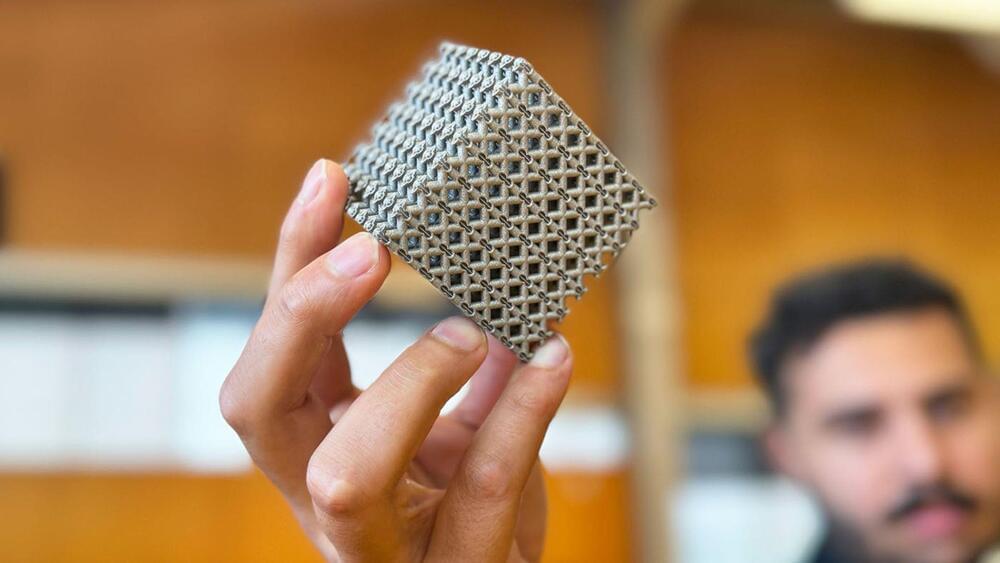

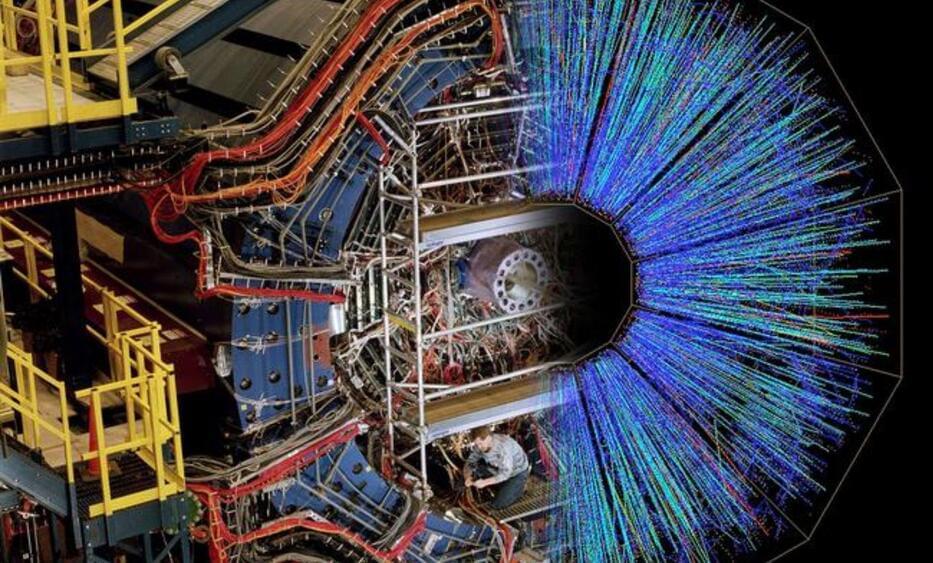
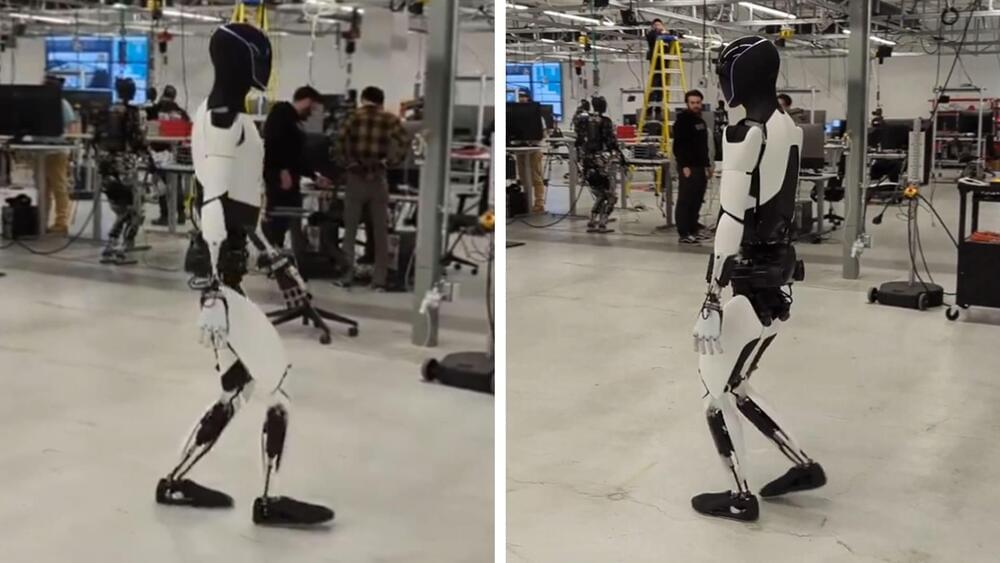
Elon Musk has shared a new video on X of Tesla’s incredible Optimus robot taking a casual stroll around Tesla’s laboratory. Since being published on Saturday, February 24, the 1-minute and 18-second clip has garnered much attention, with almost 79 million views in a few days (at the time of writing).
The clip shows Optimus in a more complete aesthetic than previously released videos. It also shows how mobile the robot truly is. However, as other commentators have said, Tesla’s Optimus’ progress would have been impressive only a few years ago but lags behind other efforts like those by Boston Dynamics.
The U.S. Federal Aviation Administration (FAA) officially closed its investigation into SpaceX’s 2nd failed Starship flight in November 2023. Launched on November 18, this test flight sadly ended in disaster as the giant rocket exploded shortly after takeoff.
However, the closure of the FAA investigation does not mean that SpaceX has a go-ahead for its planned third test flight later this year. Launched from SpaceX’s Starbase in South Texas, both of Starship’s rocket stages failed at around 3.5 and 8 minutes after launch.

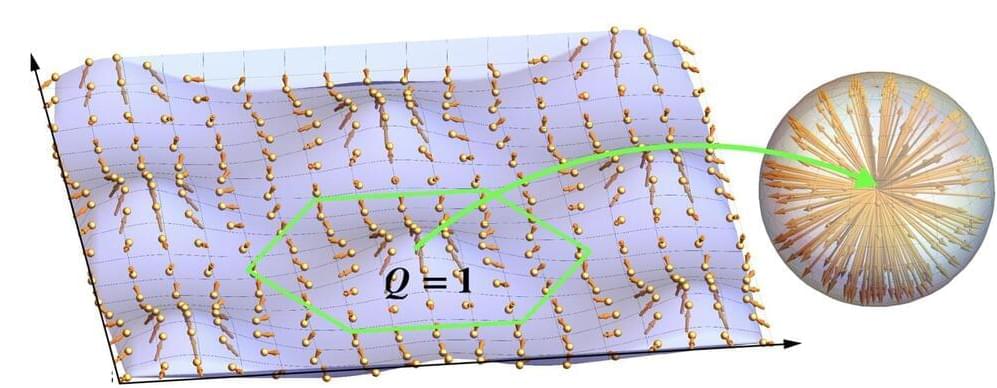
Topological wave structures are wave patterns that exhibit specific topological properties, or in other words, properties that remain unvaried under smooth deformations of a physical system. These structures, such as vortices and skyrmions, have attracted significant attention within the physics research community.
While physicists have carried out extensive studies focusing on topological wave structures in various wave systems, surprisingly their most classical example remains unexplored. These are water waves, oscillations or disturbances that propagate on the surface of water or other fluid.
Researchers at RIKEN recently set out to fill this gap in the literature, by offering a description of various water-wave topological structures. Their paper, published in Physical Review Letters, offers a theoretical framework that could inform future experiments aimed at emulating topological wave phenomena.

Cybersecurity company Cybereason reveals that the actual price of a ransomware attack on a business includes much more than the ransom itself.
When choosing whether to comply and pay the demanded ransom to cyber attackers, there are many different considerations to have in mind. The latest report by Cybereason reveals that only one in two victims who paid ransom actually got their data back uncorrupted, and four out of five were eventually breached again by the same attackers.
According to Cybernews, the company’s researchers went over 1,008 IT professionals who all dealt with breachers at least once in the past two years and found that 84% chose to pay the ransom, averaging $1.4 million in the US. However, only 47% got their data and services back uncorrupted, so this doesn’t appear to have been the optimal strategy.

Tesla took half the awards for brand loyalty in the automotive industry in S&P Global Mobility’s new study.
Once you go electric, you don’t go back.
Studies have shown that electric vehicle buyers generally don’t go back to gasoline vehicles.
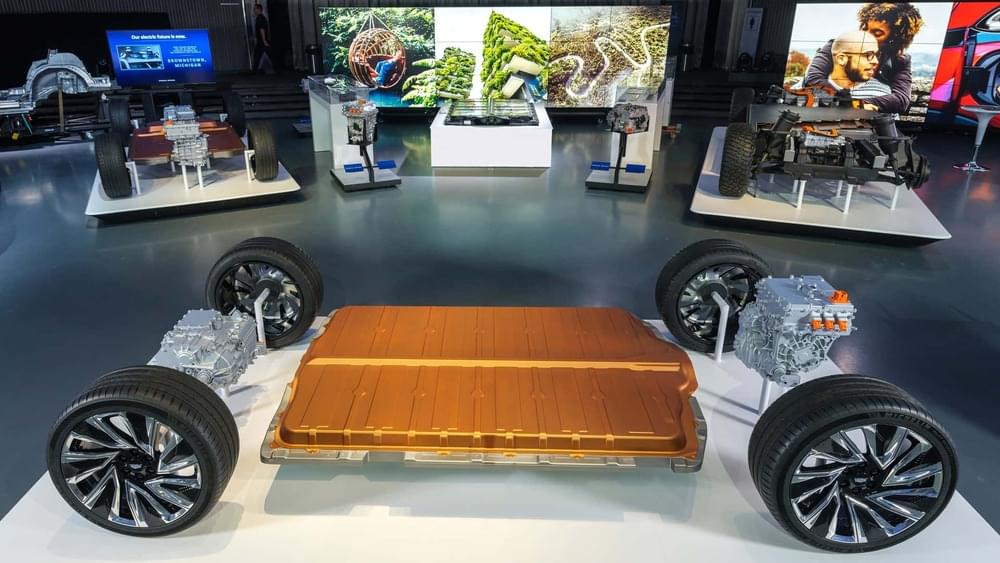
When analyzing the all-electric vehicle (EV) market, we have noticed that the segment shifted towards all-wheel-drive (AWD) powertrains. The front-wheel-drive (FWD) and rear-wheel-drive (RWD) models are in the minority.
It wasn’t always like that though. Between 2010 and 2013, there were only single-motor FWD and RWD models on the market. Things changed in the 2014 model year when Tesla introduced a dual-motor AWD version of the Model S (85D).
In the 2015 model year, Tesla expanded the dual-motor family to a few versions (about a quarter of all versions on the market, at the time), and then doubled the AWD lineup with the newly launched Model X in the 2016 model year.
